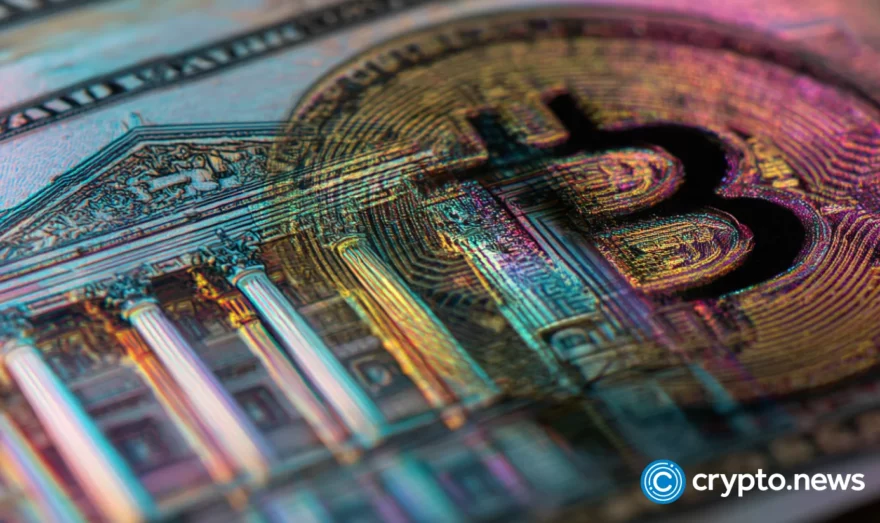Chainalysis report: institutions shift funds to DeFi, trading volumes rise

A Chainalysis report reveals that the collapse of FTX led to large outflows from CEXes to DeFi protocols leading to a spike in trading volumes. A significant portion of assets were also moved to non-custodial wallets like Ledger, Trezor, and MetaMask.
Institutional investors mainly led to the funds’ movement
The sudden shift in trend and flow of cash from CEXes to non-custodial wallets has often been a result of extreme market volatility, Chanalysis says. However, this time, the main reason was institutional money.
Based on transaction size analysis, the large number of institutional investors now using DeFi to manage their funds suggests that they are leading the way in the evolution of the cryptocurrency industry. That raises new questions about the industry’s ability to provide the necessary tools and resources to enable safe and secure transactions.
According to Chainalysis’s on-chain data, they most likely hold the funds in their wallets or move them to a new CEX. They’re also using DeFi to interact with the platform’s various financial functions, such as trading, investing, and lending. That eliminates the need for an intermediary to manage an individual’s funds.
The surge in the flow has been largely attributed to the increasing number of institutional investors using DeFi to transfer their funds. Given the growing number of institutional investors using DeFi to manage funds, it’s clear that they are leading the evolution of the cryptocurrency ecosystem.
Debunking common misconceptions
Chainalysis then debunked some misconceptions. Due to their technical capabilities, many believe that personal digital wallets are a significant risk for illicit activity because they can transact without a third party’s interference.
Some regulators and lawmakers have cited this issue as a reason to impose stricter compliance rules on such transactions. However, the data shows that these transactions do not expose themselves to significant illicit activity.
Notably, from 2020 to 2020, less than 1% of the funds people send and receive from their personal digital wallets to these platforms come from addresses associated with illegal activity. That is because, in most centralized exchanges, users must undergo Know Your Customer (KYC) checks before they can start using them.
If someone made a suspicious transaction involving a personal digital wallet on a central exchange, law enforcers could identify the wallet’s owner by subpoenaing the exchange.














